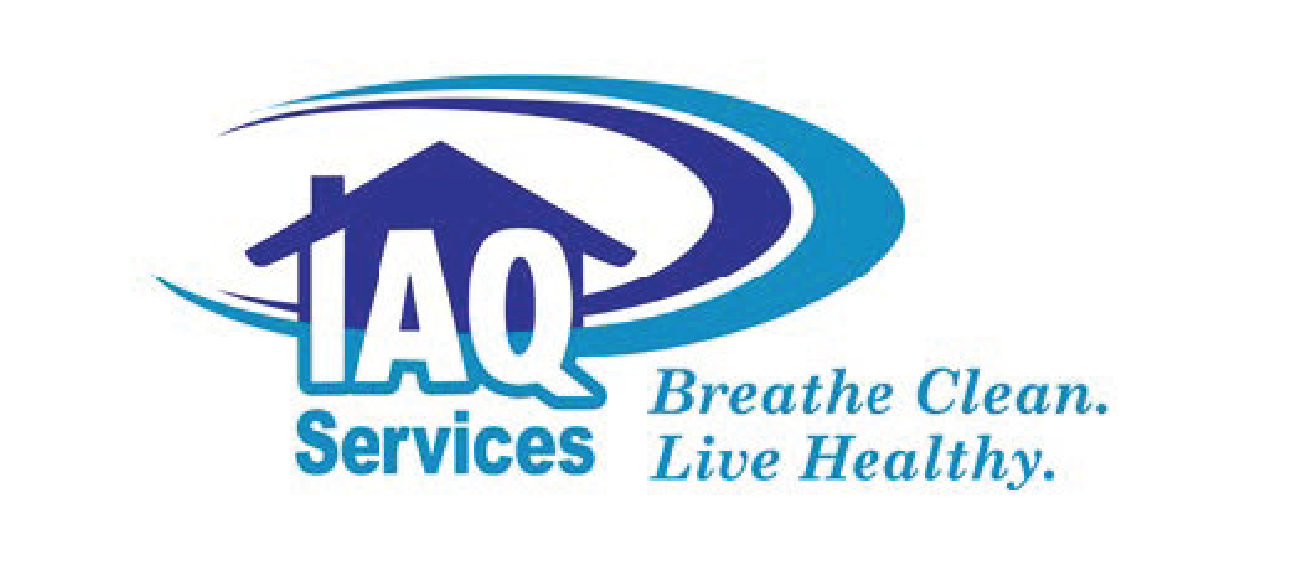Sanitizing & Fogging for Physical Space - Coronavirus Sanitization
Indoor Air Quality Services, Inc. (dba IAQ Services) offers indoor fogging and sanitizing services for residences and businesses in New Orleans and surrounding parishes to help maintain superior indoor air quality and to guard against infection.
Sanitizing and fogging are common methods used in maintaining and improving indoor air quality, especially in the context of minimizing the spread of viruses like the coronavirus. These techniques involve dispersing fine particles of disinfectant throughout a space, which can effectively reduce the presence of airborne and surface-bound pathogens.
Due to the complexity and safety requirements involved, it's crucial to have sanitizing and fogging services conducted by professionals like the team at IAQ Services. We understand the appropriate chemicals to use approved by health authorities such as the EPA, to combat specific pathogens like the coronavirus.
Professionals can assess the space to tailor the approach, ensuring optimal coverage and effectiveness, which is difficult to achieve without specialized knowledge and equipment. This is particularly important in settings where incorrect application could compromise indoor air quality or pose health risks to occupants.
Sanitizing refers to reducing the number of harmful pathogens on surfaces to safe levels as judged by public health standards. This is generally done using liquid disinfectant sprays or wipes directly on surfaces.
Fogging involves using a fogger machine to create a fine mist of disinfectant particles that remain suspended in the air before settling on all exposed surfaces. Because the particles are so small, the mist can penetrate areas that are often hard to reach with regular cleaning methods. The disinfectants used in fogging can deactivate viruses and other microorganisms by damaging their RNA or DNA, rendering them noninfectious.
Benefits of Sanitizing and Fogging in the Context of Coronavirus and Other Viruses
Wide Area Coverage: Fogging allows for the disinfectant to cover a larger area more evenly and can access nooks, crannies, and other hard-to-reach spots that are typically missed in standard cleaning.
Effectiveness Against Pathogens: Many of the chemicals used in fogging have been found effective against a range of pathogens, including SARS-CoV-2, the virus responsible for COVID-19. The Environmental Protection Agency (EPA) lists several disinfectants that are effective against this virus and suitable for fogging applications.
Prevention of Cross-Contamination: By minimizing the need for physical contact, fogging reduces the risk of cross-contamination that can occur with traditional cleaning methods, where a cloth or a sponge might transfer viruses from one surface to another.
Fogging and sanitizing should be part of a broader infection control strategy that includes regular cleaning, maintaining HVAC systems, and ensuring adequate ventilation. These combined approaches provide a more comprehensive defense against the spread of viruses.

